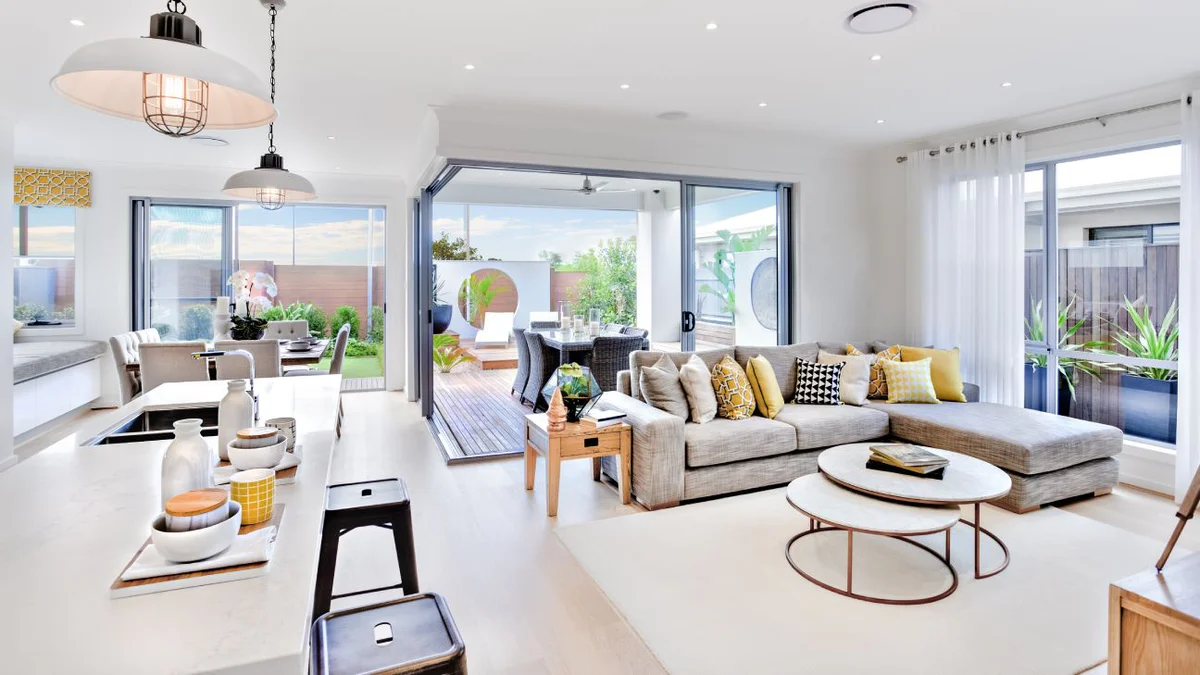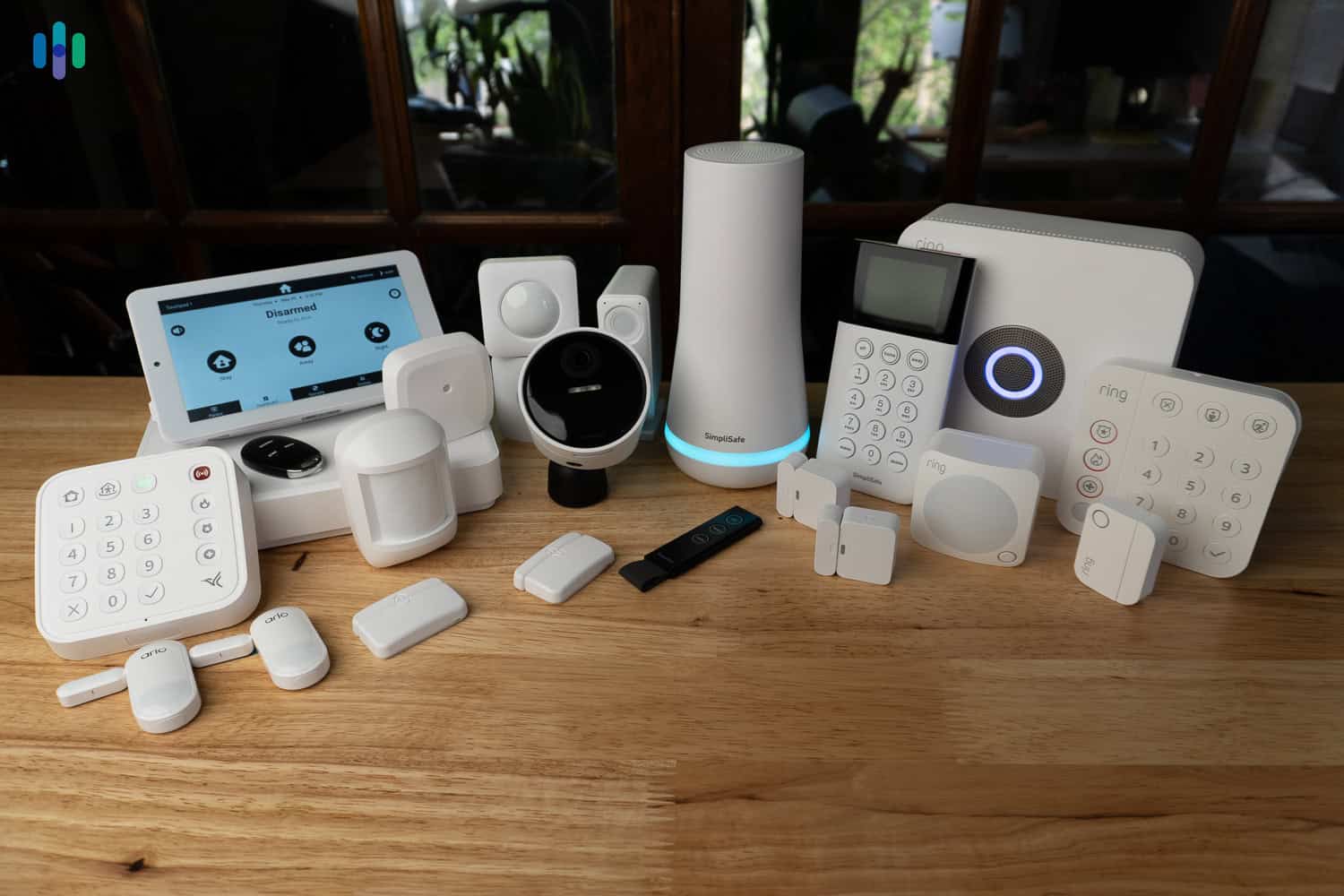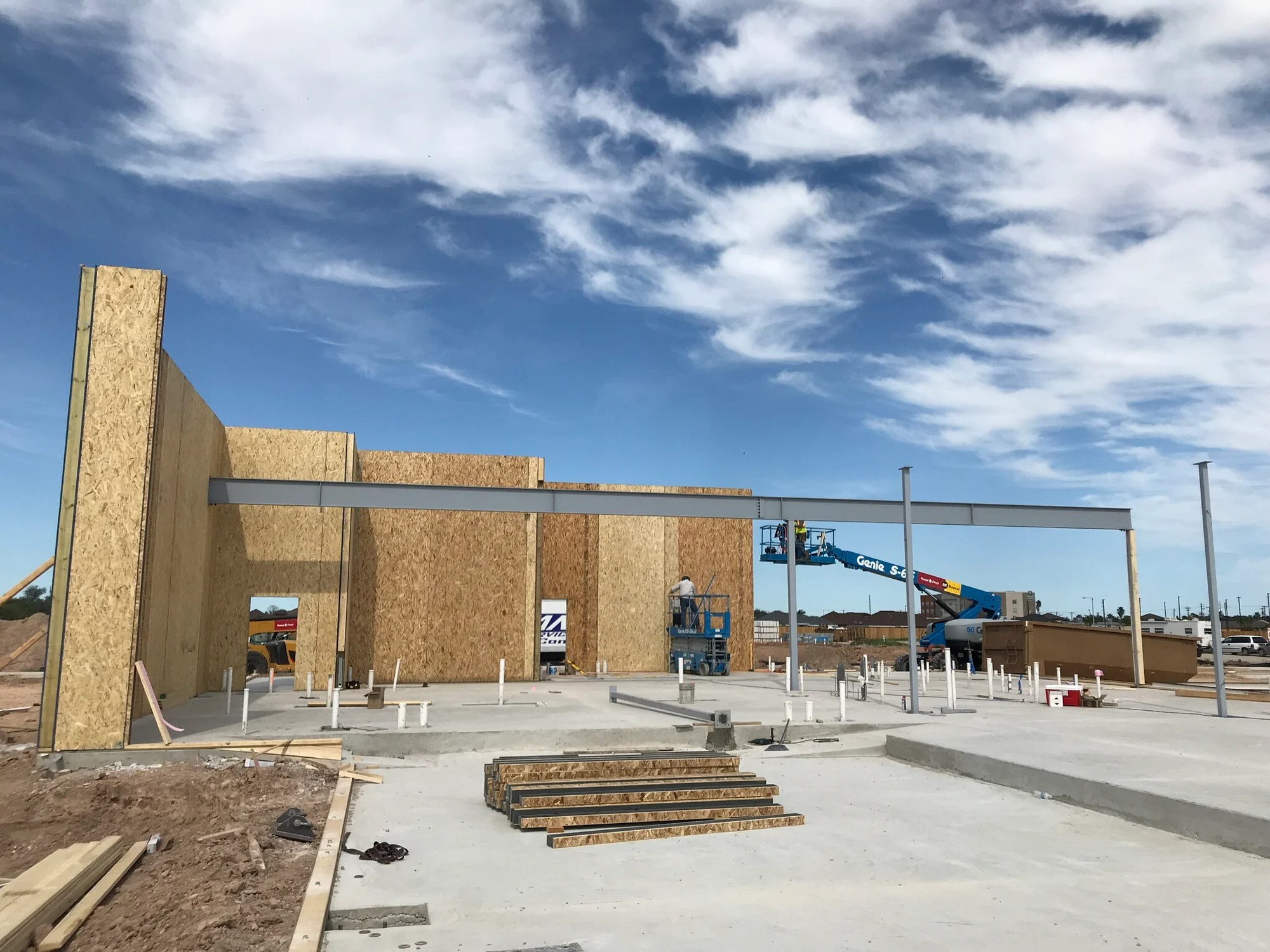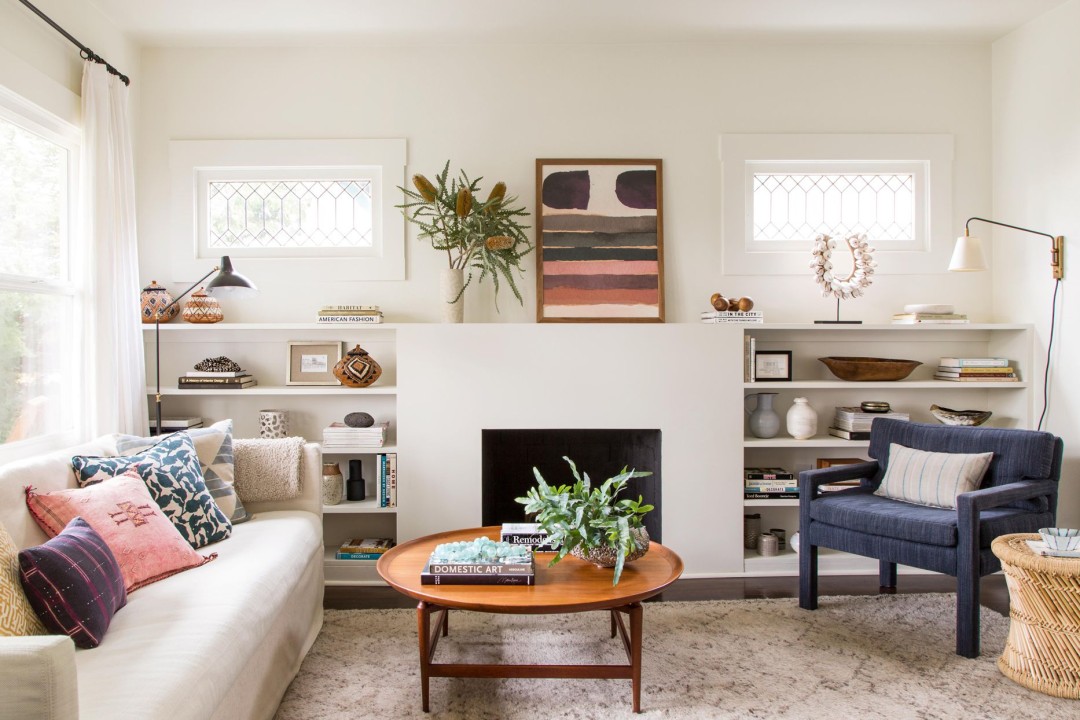A comfortable home is more than just a collection of furniture and walls—it’s a sanctuary that shapes how we feel, think, and interact with the world. Research in environmental psychology shows that our living spaces significantly affect our moods, productivity, and overall well-being. Much like browsing through https://hiddenfacedps.com to find subtle expressions that capture identity, small yet intentional changes in your home can quietly but powerfully enhance your sense of comfort.
Decluttering For Peace Of Mind
Clutter has been linked to stress and anxiety, as it overstimulates the brain and reduces our ability to focus. Clearing away unnecessary items not only makes spaces look better but also helps create a sense of mental clarity. Simple steps like organizing shelves, using storage boxes, or donating unused items can transform a chaotic space into one that feels calm and intentional. Platforms such as can even help you sell or repurpose items you no longer need, ensuring your decluttering process benefits both your home and others.
The Role Of Emotional Connection
Our homes are not only physical spaces but also emotional landscapes. The colors, artwork, and objects we choose often carry deep meaning, shaping how we feel when we enter a room. Sentimental touches—like family photos, travel souvenirs, or even favorite quotes—add layers of comfort by reminding us of meaningful experiences. Just as My Sad Shayari conveys emotion through carefully chosen words, the personal details we place in our homes create narratives that support emotional well-being.
Location And The Sense Of Belonging
The psychology of comfort extends beyond interior walls. A home’s location influences how secure, connected, and satisfied we feel. Proximity to schools, workplaces, and recreational areas adds convenience and peace of mind. For those browsing Homes for Sale, considering both the property and its surroundings is essential. A quiet street, friendly neighborhood, or easy access to green spaces contributes significantly to long-term happiness, even if the house itself is modest in size.
The Dining Experience As Comfort
Comfort at home is also tied to the rituals of daily life, especially mealtimes. A welcoming dining space encourages family bonding and relaxation. Whether it’s setting a simple table with fresh flowers or experimenting with new recipes, dining together fosters connection. Exploring platforms like Dine Pedia can inspire new culinary experiences that make meals at home feel special. The act of eating well in a comfortable space nourishes not only the body but also the soul.
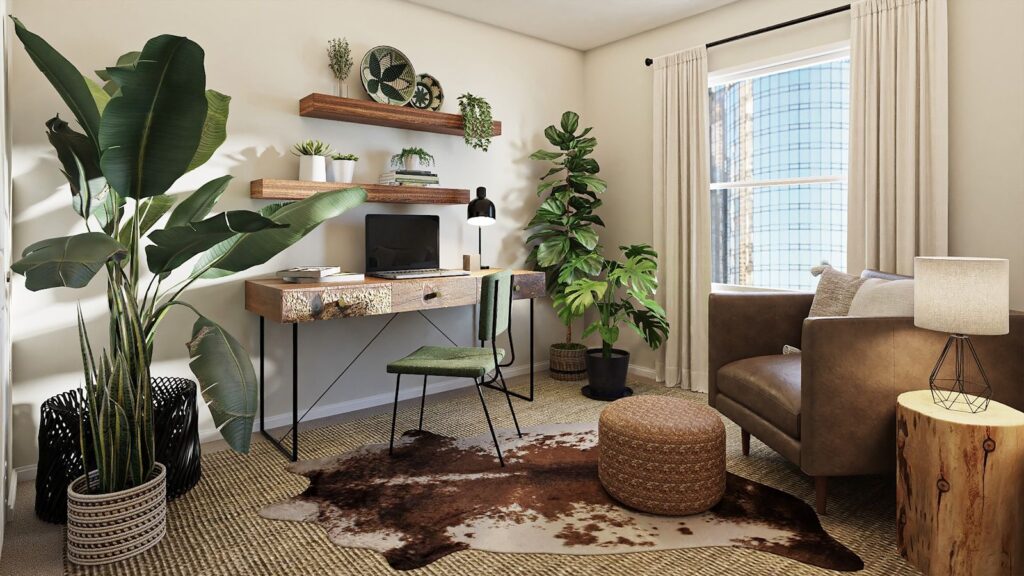
Lighting And Atmosphere
Lighting plays a crucial role in shaping mood and comfort. Bright, cool-toned lighting works well in areas that require focus, like home offices, while warm, dim lighting creates a soothing atmosphere for living rooms or bedrooms. Natural light is equally important—sunlight boosts serotonin levels and enhances overall well-being. Adding mirrors to reflect light or choosing layered lighting options can quickly improve the comfort of any room.
Textures And Materials
The tactile qualities of a home also contribute to comfort. Soft throws, plush rugs, and natural fabrics provide sensory satisfaction that promotes relaxation. Even small details, like switching from synthetic fabrics to cotton or linen, make a noticeable difference in how a space feels. Combining textures adds richness without overwhelming the senses, creating an environment that is both inviting and functional.
Scent And Sound Environments
Our senses of smell and hearing are powerful triggers of emotion. A faint lavender scent can promote calm, while citrus scents energize. Likewise, background sounds—whether gentle instrumental music, white noise, or the hum of a water fountain—can enhance relaxation and reduce stress. By curating scents and sounds intentionally, you can build a home environment that supports both focus and rest.
Designing Spaces For Purpose
Assigning purpose to each area of your home reinforces comfort. A reading nook with a comfortable chair and lamp, a meditation corner with cushions, or a dedicated workspace free from distractions encourages healthier routines. These purposeful spaces remind us to balance productivity with relaxation, making it easier to separate work from leisure in today’s increasingly blurred home environments.
Small But Powerful Adjustments
You don’t need to renovate to create big changes. Small adjustments, such as rearranging furniture for better flow, adding plants for freshness, or painting a wall in a calming color, can significantly shift the atmosphere. Even inexpensive touches—like swapping pillow covers, updating curtains, or adding a piece of art—can make a room feel renewed. The psychology of home comfort lies in these manageable, incremental changes that steadily improve how a space feels.
Final Thoughts
Home comfort is as much about psychology as it is about design. By decluttering, adding personal touches, choosing the right location, and enhancing sensory elements, you can create a living space that feels safe, supportive, and inspiring.
Small changes may seem insignificant, but their cumulative effect is profound. Just as subtle gestures convey deep meaning in human interaction, intentional adjustments in your home can transform it into a sanctuary where you can rest, recharge, and thrive. Comfort isn’t about extravagance—it’s about creating a space that aligns with your mind, body, and soul.

